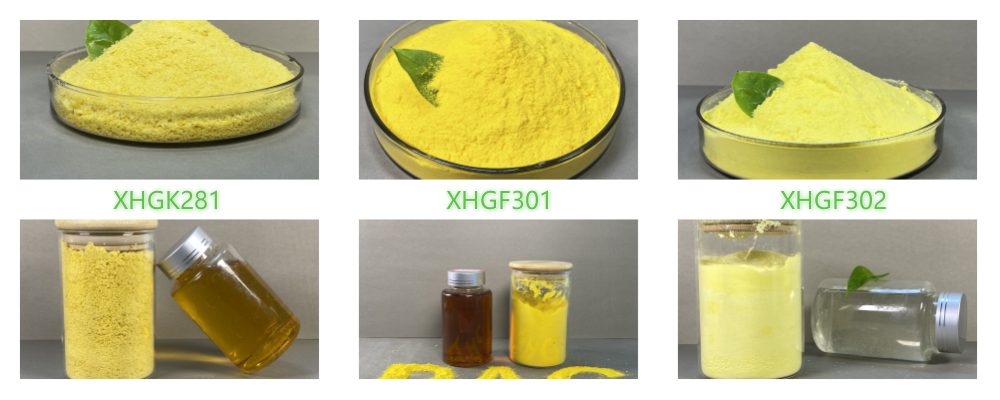The use of polyaluminium chloride (PAC) in chemical wastewater treatment is a widespread and effective method. As an inorganic polymer coagulant, polyaluminium chloride shows excellent performance in chemical wastewater treatment, which is mainly reflected in the following aspects:
Characteristics of polyaluminium chloride
Various forms: polyaluminium chloride is an inorganic flocculant with variable forms, and its form can be adjusted as needed to meet different wastewater treatment needs.
Fast flocculation and sedimentation speed:PACcan quickly condense suspended matter, colloids, etc. in wastewater into larger clusters, thereby accelerating the flocculation and sedimentation speed and improving treatment efficiency.
Significant purification effect:PACcan not only effectively remove suspended particles in wastewater, but also assist in removing harmful substances such as organic matter and heavy metal ions, with significant purification effect.
Wide pH range:PAChas a wide range of application and can maintain a stable flocculation effect in a wide pH range.

Application of polyaluminium chloride in chemical wastewater treatment
Removal of suspended matter:PACuses its strong flocculation ability to quickly condense suspended matter in wastewater into larger particles, which is convenient for subsequent precipitation or filtration treatment.
Removal of organic matter:PACcontains dipole moment in its molecular structure, which makes it have a good degumming effect in water and can effectively assist in removing organic matter in wastewater. At the same time,PACcan also adsorb organic molecules and lock them in sediments, thereby reducing the pollution of organic matter to the water environment.
Reducing the content of ammonia nitrogen and phosphate: The aluminum ions in PAC have a strong adsorption effect and can adsorb nutrients such as ammonia nitrogen and phosphate in wastewater, forming a colloidal complex and being precipitated and removed, thereby reducing the risk of eutrophication of water bodies.
Phosphorus removal:PACcan combine with phosphate in wastewater to form sediments, thereby effectively removing phosphorus from wastewater, and is suitable for phosphorus removal processes in sewage treatment plants.
Precautions for use
Control the amount of use: The amount of PACused should be determined according to the actual water quality and treatment requirements of the wastewater to avoid excessive use that may lead to deterioration of water quality or increase in treatment costs.
Avoid mixing with other treatment agents:PACshould be used to avoid mixing with other treatment agents at will to avoid unpredictable reactions that affect the treatment effect.
Regular monitoring: When usingPACto treat chemical wastewater, the treatment effect should be monitored and evaluated regularly to ensure that the treatment effect reaches the expected goal.
In summary, Xinhuan polyaluminium chloride plays an important role in chemical wastewater treatment. Through reasonable use and management, effective purification of wastewater and recycling of resources can be achieved.